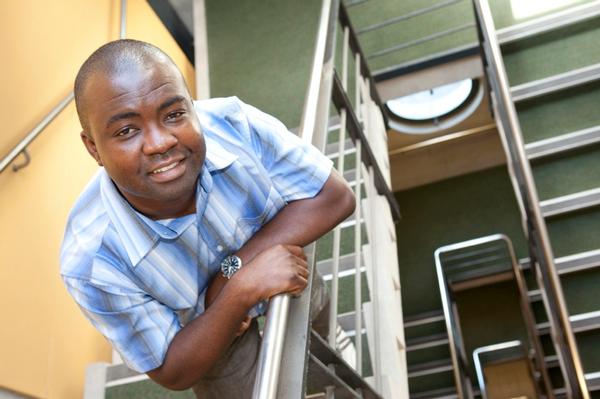UC researching change of building method to reduce fire risk

The University of Canterbury (UC) is researching how high-rise buildings can cope best if a fire break out.
High-rise buildings normally require fire resistance of 60 minutes or more to facilitate rescue and prevent structural collapse, UC engineering researcher Dr Tony Abu said today.
In the light of the collapse of the World Trade Center (WTC) towers in 2001, a lot of emphasis has been placed on understanding the overall behaviour of buildings exposed to fires.
In particular it was important that the whole structure was tied-in properly to ensure that the loss of one member does not result in a disproportionate collapse of the entire building, he said.
Recent research has shown that fire resistance of multi-storey steel-framed buildings with composite floors is considerably improved if the effect of slabs is taken into account.
``Traditionally, steel buildings have been designed for room-temperature conditions and covered with protective material to limit member temperatures to 550°C when exposed to the standard furnace fire. However, if these buildings are tied together appropriately then some of the floor beams can be unprotected to generate more stable buildings in the event of fires.
``The floors of the WTC were supported on steel trusses which had been protected with sprayed-on cementitious material. The impact of the planes shook most of the protection off the trusses. They then lost strength as they heated up, eventually not being able to support their loads, leading to the collapse of floors onto the ones beneath, and the eventual pancake failure seen in the videos.’’
Dr Abu said the new approach was performance-based design, which selects the most economical solution that meets the required fire resistance criteria. In the case of steel buildings, considerable savings can be made in fire protection costs.
``The research at UC is aimed at developing simplified design methods that incorporate the advanced approach. At the masters level, we are investigating potential failure mechanisms, while our undergraduate students are evaluating the limitations of existing methods.
``In light of the high potential for the occurrence of fires that cannot be extinguished or controlled to a fairly small size after an earthquake, our research seeks to develop routine simple design solutions based on fundamental behaviour to help advance the design of all types of structures for fire conditions.’’
